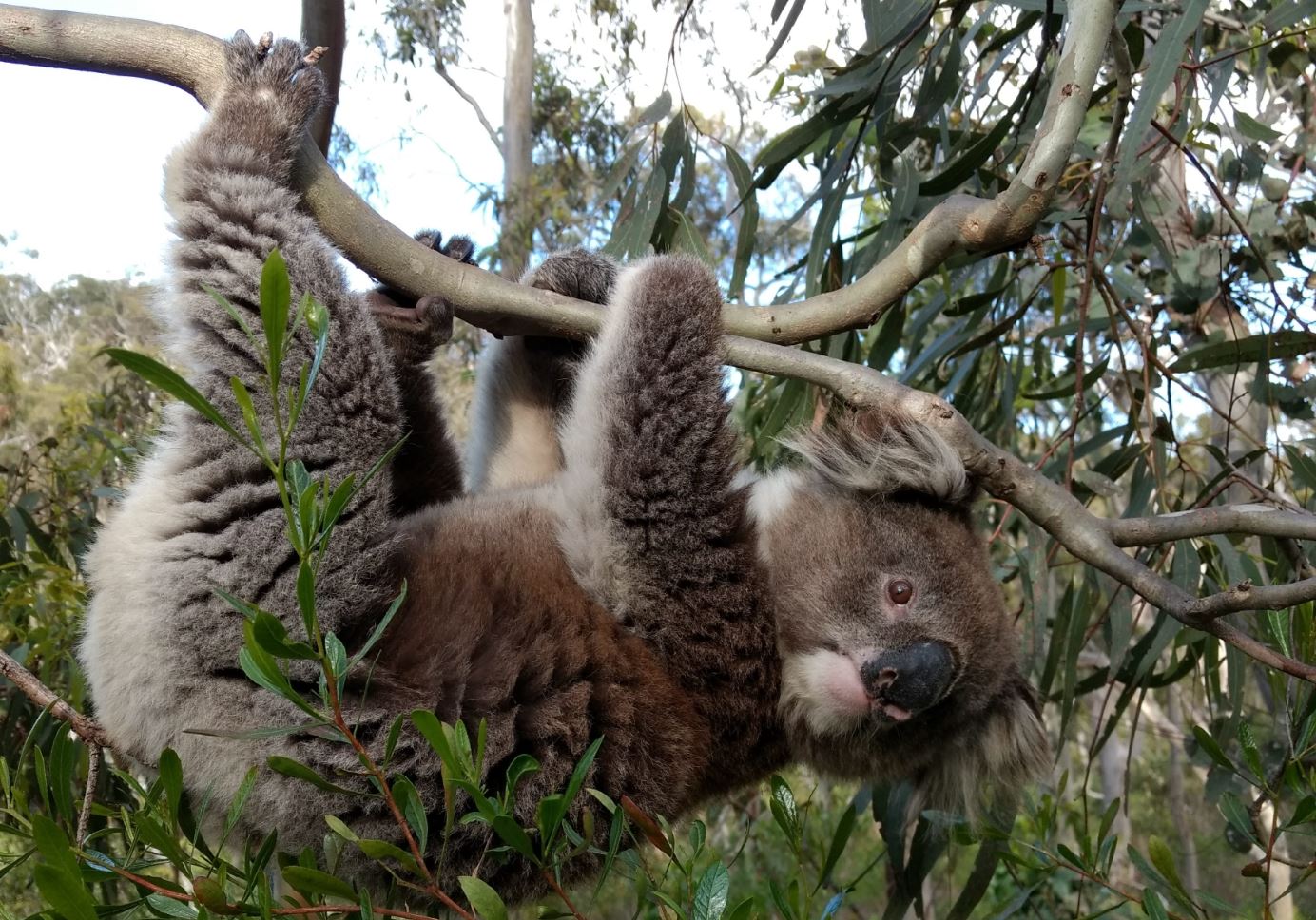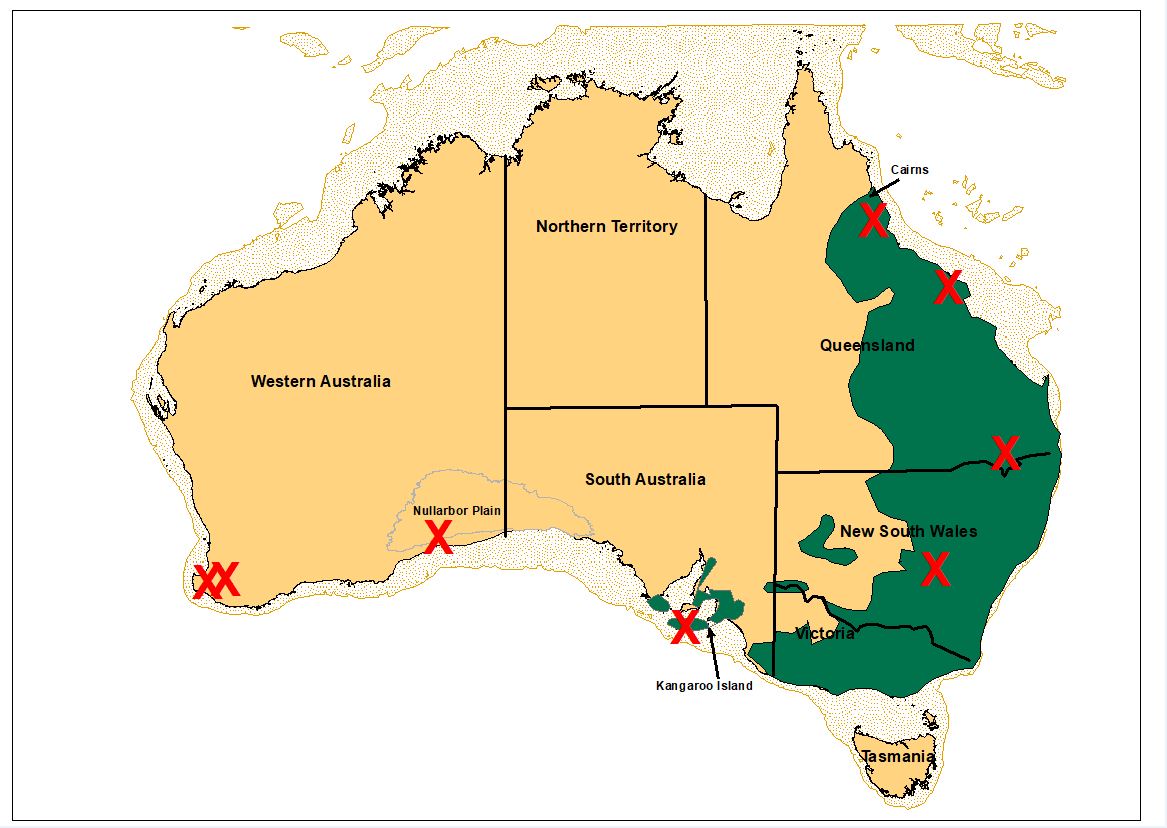
Koala populations would once have stretched across the Australian continent, but have now shrunk to the point where we could lose them forever, according to new research that has tracked the impact of diminishing forest cover.
A team of researchers from the ARC Centre of Excellence in Australian Biodiversity and Heritage (CABAH) pieced together the records of koala populations and their food trees up to 130,00 years ago - and projected their changing habitats into the future.
Using a combination of climate, soil, and tree data, as well as records of koala fossils, the researchers developed sophisticated modelling to trace the impact of changing distributions of the eucalyptus trees on which koalas depend for food.
Their work reveals that prior to humans arriving in Australia, koala populations were found in the southern tip of Western Australia, and on the Nullarbor Plain that stretches from Western Australia to into South Australia.
The pattern of koala populations suggests that forests of eucalyptus trees extended across the continent in the past few hundred thousand years. But there has been a rapid loss of forests over the past 7,000 years. As the forests retracted eastwards, koala populations disappeared, and they are currently only found on the south-eastern and eastern coasts.
"We found that climate change caused koala population extinctions in south-western Australia and in the Nullarbor Plain. We also showed that future climate patterns will likely increase the extinction risk of koalas in their remaining eastern ranges," said lead researcher and CABAH Postdoctoral Fellow, Dr Farzin Shabani from Flinders University.
The study, published in the journal Ecography used mathematical models to predict the past and future distributions of 60 species of trees, mainly eucalyptus, that are eaten by koalas. The team included researchers from Flinders University and the Australian National University, as well as colleagues from Switzerland and Iran.
The researchers applied the same models to predict the distribution of eucalypt forests up to 2070 as the climate changes. In the face of other threats such as deforestation and disease, koalas are likely to experience future declines.
CABAH Chief Investigator Professor Corey Bradshaw from Flinders University said there is hope for the most quintessential of Australian fauna - if action is taken to protect existing habitats and replace those already destroyed.
"Climate change has already reduced global biodiversity and will continue to do so, driving sometimes rapid shifts in the distributions and abundance of many species, and possibly driving many to local extinction in the near future. On that front, Australia and its unique species - the koala - is not exceptional," Professor Bradshaw said.
The paper, Climate-driven shifts in the distribution of koala browse species from the Last Interglacial to the near future (2019), by F Shabani, M Ahmadi, KJ Peters, S Haberle, A Champreux, F Saltré and CJA Bradshaw has been published online in Ecography (Wiley).







